Unlocking True Comfort: How Choosing the Perfect Pillow Reshapes Sleep for Back and Side Sleepers
Why Most Pillows Let Back and Side Sleepers Down
Night after night, you shift between your back and your side, searching for that elusive feeling of fully supported rest. Instead, your mornings feature an all-too-familiar combination: lingering neck stiffness, a sore upper back, or the frustrating sensation that you’ve barely rested at all. Despite the explosion of options meant to cater to back and side sleepers, a surprising number of products miss the mark for sleepers who alternate throughout the night. Why is finding a pillow for back sleepers and side sleepers so tough—and how do you avoid the traps the bedding industry too often sets?
The heart of the issue isn’t about fluffiness, expensive materials, or promises of “universal comfort.” It’s anatomical. A restful night relies on support adapted to your spinal curve, head alignment, and the subtle height differences required for each position. Pillows that work beautifully for stomach sleepers can throw a back or side sleeper wildly out of alignment. Paradoxically, all-in-one solutions often end up doing little for anyone and nothing especially well.
The Anatomy of True Sleep Support
The most significant misconception? That a single uniform shape provides adequate support for both back and side sleeping. Your body disagrees: in reality, your neck’s curvature flattens when you lie on your back, but needs extra space to cradle your head and balance your shoulder width when you shift to your side. Most standard pillows simply collapse here—too low for the side, awkwardly angled for the back.
Enter the solution: instead of compromise, demand purposeful design. A pillow that properly supports both back and side sleeping is engineered with contouring and variable zones—or adjustable loft—to maintain spinal neutral whether you're face-up or turned sideways. This isn't extravagance. It’s essential ergonomics that can dramatically reduce morning discomfort and long-term pain risk.
For anyone ready to break the cycle of fitful rest, our Cervical Pillow was shaped to resolve these exact challenges. Adapted to the nuances of both sleeping positions, it ensures you enjoy the individualized support that traditional fluffed rectangles simply can’t offer. You won’t have to endure another night propping a second pillow beneath your neck or folding your pillow in half just to feel stable again.
Rethinking Sleep Habits—And Your Choices
If you’ve reached the point where you’re skeptical of new options, you’re not alone. Many back and side sleepers remain convinced that discomfort is just how adults sleep, or that a “firmer” or “softer” model is the total answer. For more perspective on how prevalent pillow myths confuse the search for comfort, we've explored the social and scientific complexities of this dilemma in our recent article, Why Most People Are Wrong About The Perfect Pillow.
- If you’re waking up with a stiff neck, it’s likely not you—it’s the shape beneath your head.
- “One size fits all” pillow logic usually means no one gets the support they truly require.
- An ergonomic design, not just premium filling, is the factor that separates transformative rest from disappointment.
The journey to peaceful, pain-free nights for back and side sleepers needn’t feel like wishful thinking. Start with anatomical needs, ignore hollow trends, and—as your spine realigns and morning complaints fade—the difference a targeted pillow makes proves itself.


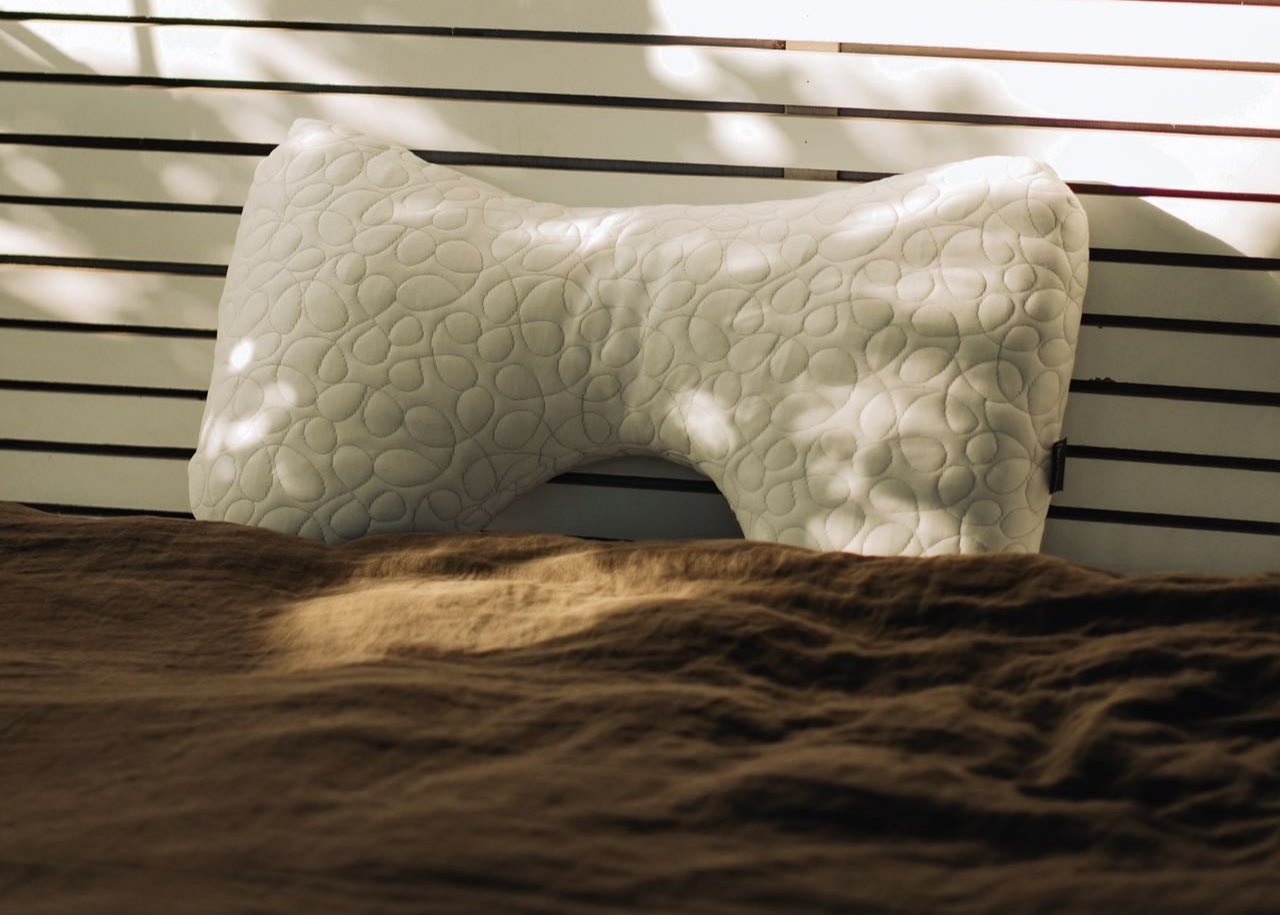
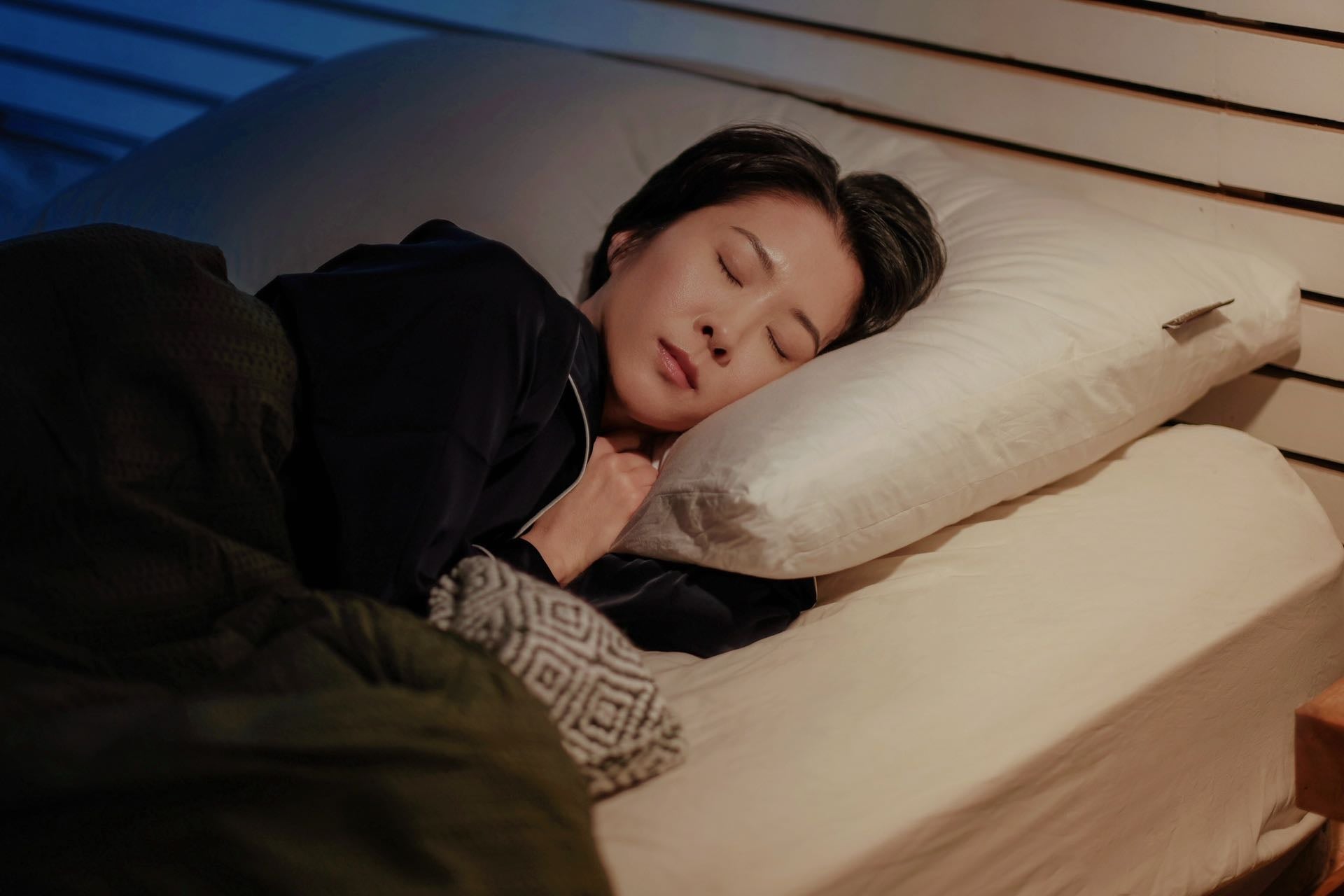
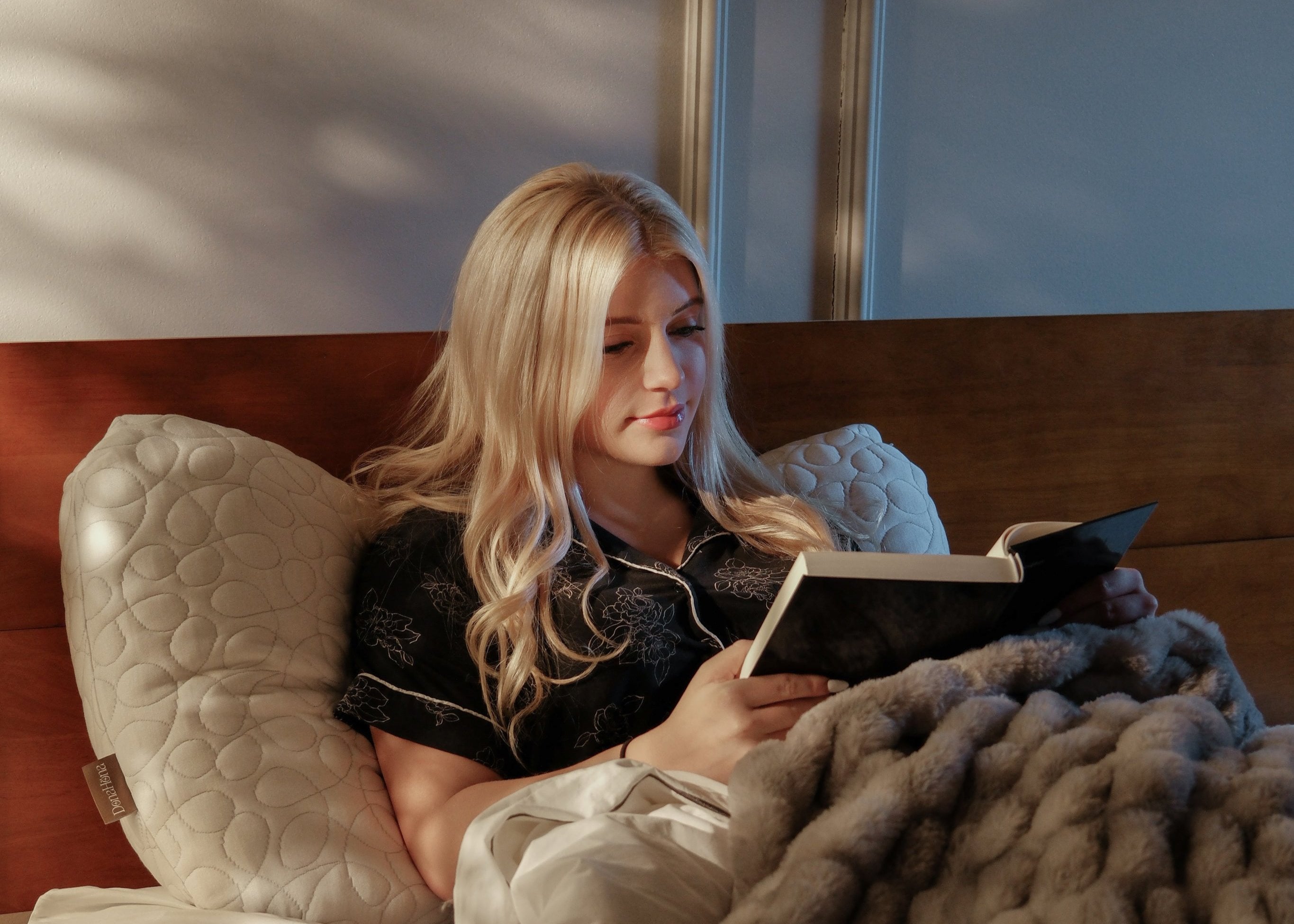
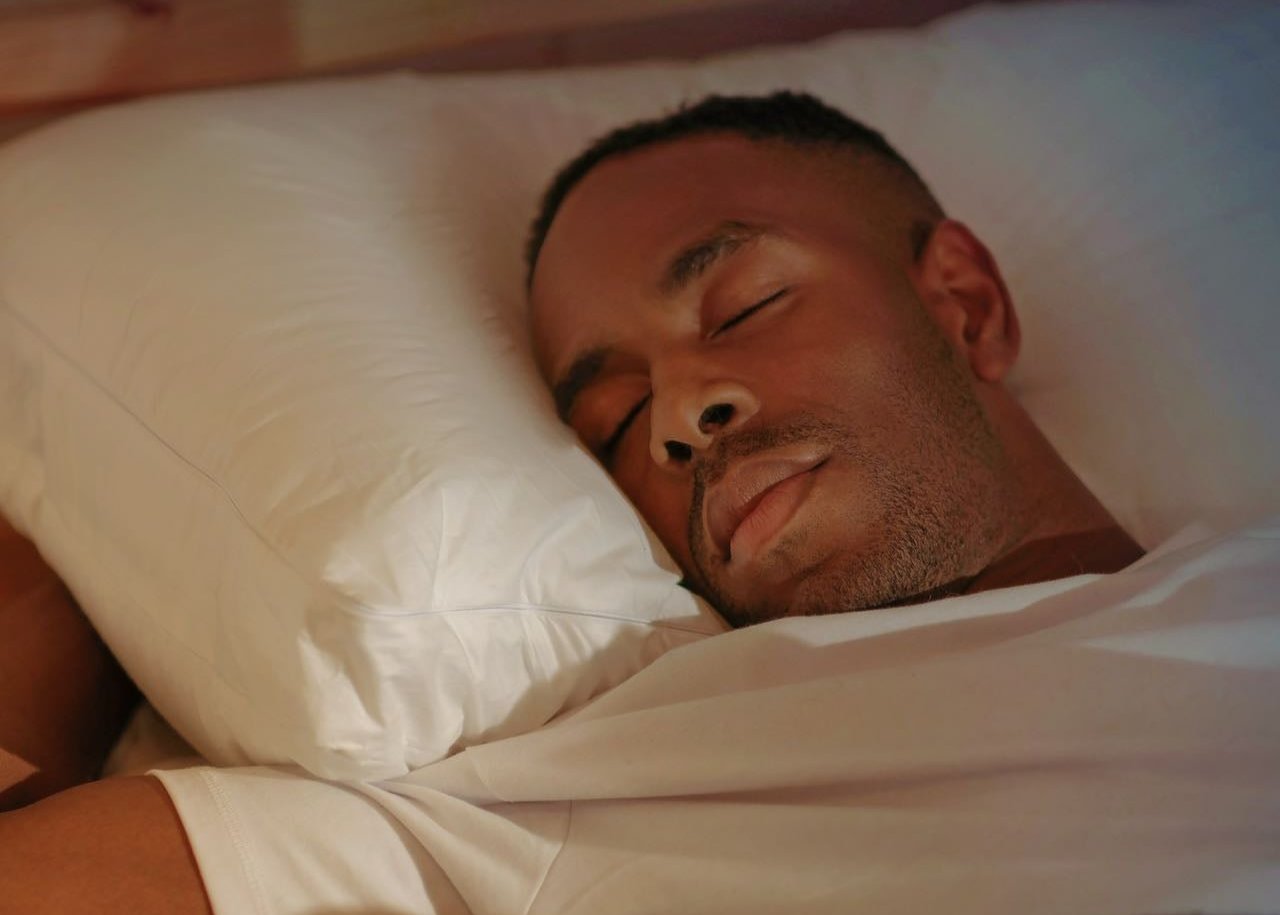
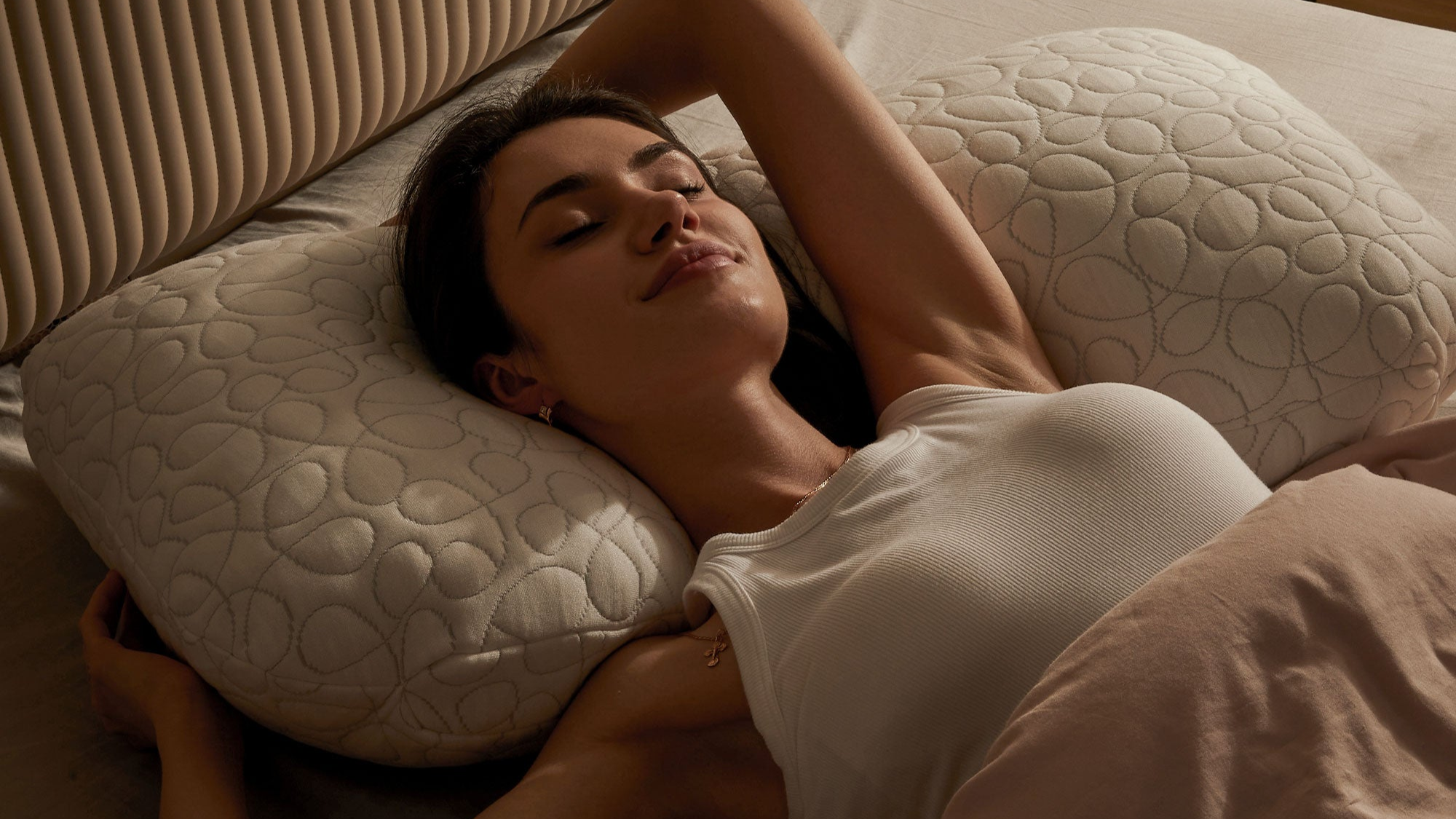
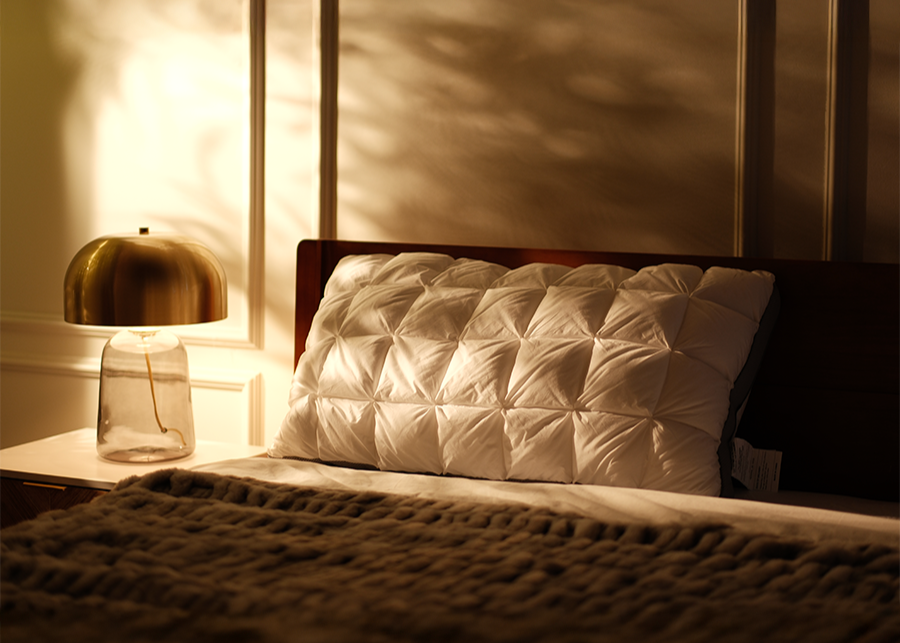

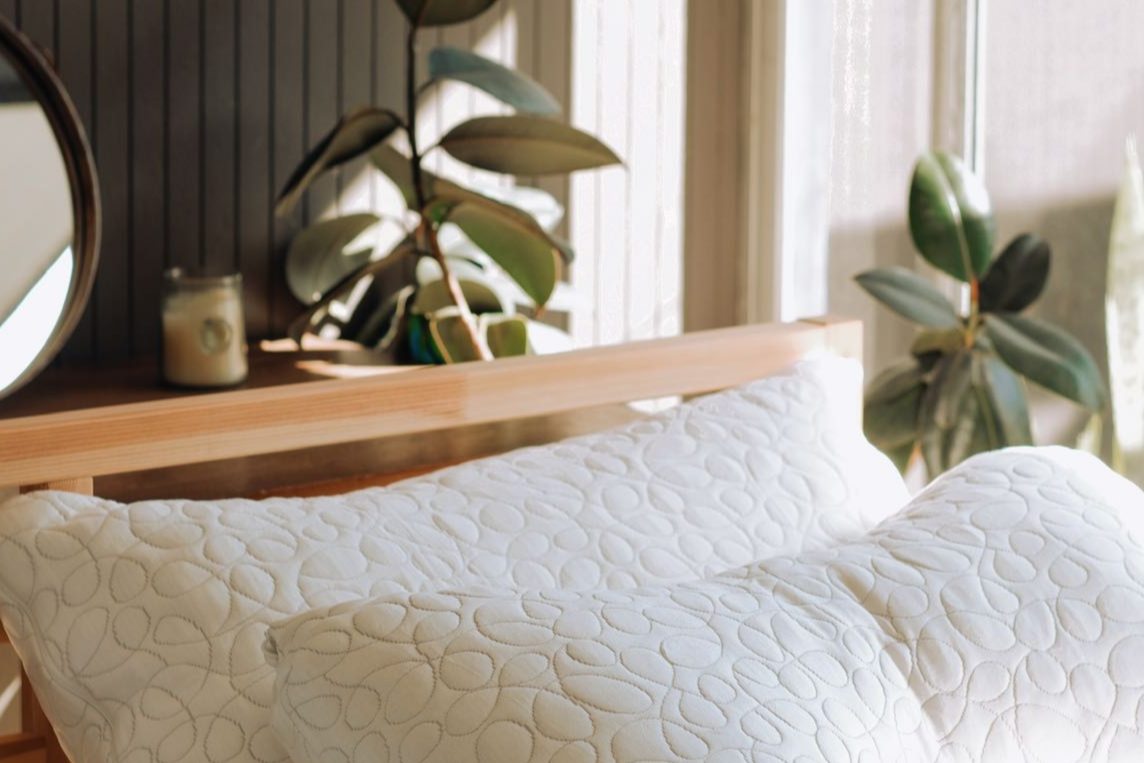
Leave a comment
This site is protected by hCaptcha and the hCaptcha Privacy Policy and Terms of Service apply.